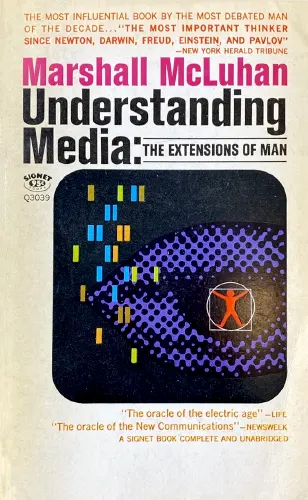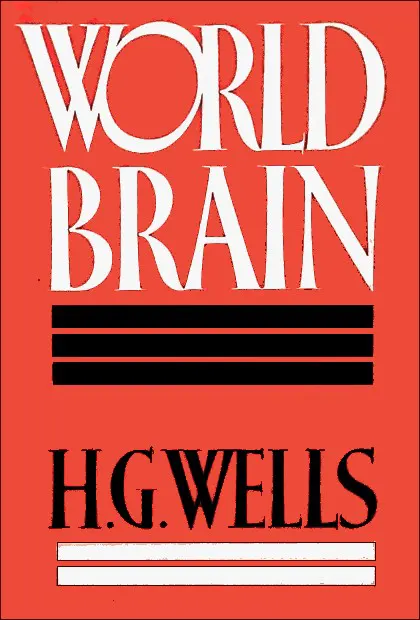The Library of Consciousness
of Consciousness
Build Your Own Damn Wagon
"Do not watch, do not consume," implores Terence McKenna, inviting us on a thought-provoking journey to reclaim our humanness. By building our own conceptual wagons, rather than riding ready-made vehicles of meaning, we can travel along unique paths of critical thinking. Once within our own virtual worlds, the wonder of our distinctive minds will be open for discovery.
On Second-Order Observation and Genuine Pretending
This paper discusses the meaning of the concept of ‘second-order observation’ used by Niklas Luhmann (1927–1998). Luhmann identifies second-order observation as a defining characteristic of modern world society. According to Luhmann, all social systems construct a social reality on the basis of the observation of observations. Rating agencies in the economy or the peer-review process in the academic system are examples of social mechanisms manifesting second-order observation. Social media also represent organized second-order observation. The paper suggests that in a society based on second-order observation, ‘genuine pretending’ is an adequate mode of existence. This notion is derived from the Daoist text Zhuangzi. It indicates a disassociation from social roles which allows their performers to exercise these roles with ease and, at the same time, maintain a state of sanity. (Published in Thesis Eleven 2017, Vol. 143(I) 28–43.)
Speculations Concerning the First Ultraintelligent Machine
An ultra-intelligent machine is a machine that can far surpass all the intellectual activities of any man however clever. The design of machines is one of these intellectual activities; therefore, an ultra-intelligent machine could design even better machines. To design an ultra-intelligent machine one needs to understand more about the human brain or human thought or both. The physical representation of both meaning and recall, in the human brain, can be to some extent understood in terms of a subassembly theory, this being a modification of Hebb's cell assembly theory. The subassembly theory sheds light on the physical embodiment of memory and meaning, and there can be little doubt that both needs embodiment in an ultra-intelligent machine. The subassembly theory leads to reasonable and interesting explanations of a variety of psychological effects.

Understanding Media
When first published, Marshall McLuhan’s Understanding Media made history with its radical view of the effects of electronic communications upon man and life in the twentieth century. In Terrence Gordon’s own words, “McLuhan is in full flight already in the introduction, challenging us to plunge with him into what he calls ‘the creative process of knowing.’” Much to the chagrin of his contemporary critics McLuhan’s preference was for a prose style that explored rather than explained. Probes, or aphorisms, were an indispensable tool with which he sought to prompt and prod the reader into an “understanding of how media operate” and to provoke reflection.

World Brain
World Brain is H. G. Wells' prescient description of something akin to Wikipedia in a collection of essays and addresses dating from the period of 1936 to 1938. Throughout the book, he describes his vision of a new, free, synthetic, decentralized, permanent “World Encyclopædia” that could help world citizens make the best use of universal information resources, arguing that access to such a common interpretation of reality would increase individuals' abilities to make positive contributions to world peace.